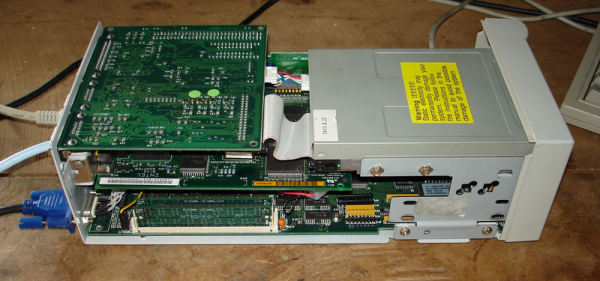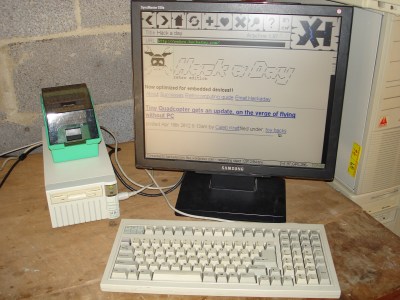One of the challenges in this year’s Hackaday Prize is Power Harvesting where we’re asking everybody to create something that harvests energy from something. It could be solar, it could be harvesting energy from a falling weight. If you’d like to give a TED talk, it could be harvesting energy from sound waves. It could be harvesting energy from ambient RF, and where’s the best place to harvest ambient RF? That’s right, next to a microwave.
[Jurist]’s entry for the Power Harvesting Challenge in this year’s Hackaday Prize is a simple device that mounts to the front door of a microwave. The design uses a simple PCB antenna to harvest energy, an LTC3108 DC/DC converter that was lying around in a junk drawer, and a bunch of passives to suck down some photons escaping from a microwave. The idea for this whole device is to use the harvested power to send off a message over Bluetooth (or whatever) when the microwave is done. Really, though, this falls right into the ‘because I can’ category of weird builds.
So, does this power harvesting PCB work? The initial tests were iffy because there was no trimming of the antenna and no tuning of the circuit. However, after [Jurist] connected the board to a voltmeter and cooked some beans, he was seeing an entire volt across the circuit. It’s a start, and the beginning of a truly ‘smart’ microwave add-on. Really, though, it’s just cool to see a circuit harvest power from a leaking Faraday cage.























